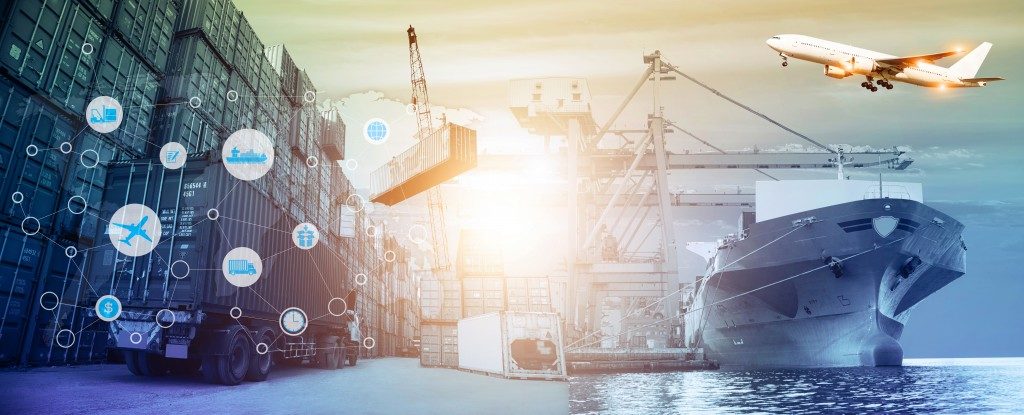In a highly competitive industry such as international trade, efficiency is exceptionally crucial. The goods have to be shipped to various merchants at the right place at the right time, but doing so involves major risks that can hurt your business if you’re not careful. The market of global supply chains itself also comes along with different challenges that can impact efficiency and profitability.
With a feasible plan and reliable cargo carriers from a full load transport company, the risks of transporting goods can be mitigated by a significant degree. A well-developed plan can also manage the challenges involved in the business. By understanding all these issues, you can come up with an effective risk management plan and, in turn, maintain or improve your position in the industry.
Risks of Shipping Cargo
The goods you ship are most at risk while they’re in transit. Delays, accidents, robbery, damage, loss, and changing regulations are some of the most common threats faced by cargo transporters. If any of these incidents occur, your business can suffer considerable losses immediately, not to mention your company’s reputation can be put at stake.
Threats to cargo, such as warehouse break-ins, hacking online databases, and robbery at rest stops, may impact carriers the most, as some tend not to report these to companies to preserve reputations and avoid increases in insurance costs. Piracy is another top risk, in which thieves may pose as an authorized warehouse or cargo personnel to steal goods. They may also hack online databases or use insider information to gain warehouse access. In worst-case scenarios, they may use violence.
Other risks include unexpected additional costs, increased insurance premiums, and increased prices of consumer goods.
Challenges in Global Supply Chain Management

There are several challenges involved in coordinating the movement of materials, information, and finances through each component of a supply chain.
Conflicting business objectives and requirements are named to be the most probable primary challenge in supply chain management. These manifest when a raw material supplier prefers a manufacturing company to regularly purchase a large volume of goods for the best price possible. However, the manufacturer would likely haggle and push for more flexibility.
Another top challenge is inherent uncertainties, such as political issues, natural disasters, labour strikes, and other issues that can decrease productivity. Shortages of raw materials and transportation problems can also affect the supply chain. Frequently changing costs of raw materials and products are also part of inherent uncertainties, as well as improving customer demands over time.
Other challenges include currency fluctuations, intellectual property risks, assuring the reliability of global business partners, financial technicalities, and compliance with international standards and regulations.
Mitigating Risks and Challenges
For you to manage the risks, due diligence must be practised when engaging with carriers. Coordinate only with reputable full load transporters to ensure the safety of the goods and the skills of the drivers. For deliveries to go on smoothly, study the rules and regulations of the country you’re bringing the goods in. Thoroughly review contracts regarding the transportation of products, and seek legal advice when necessary.
Clear and concise communication is also essential. Anticipate possible additional costs and fill in the carriers with vital details. Prepare emergency procedures to mitigate any fortuitous incidents. Stay in touch with importers when the goods have reached their borders so that customs documentation can be filed timely.
Make sure all personnel handling the cargo are adequately trained and fit for the job. Implement security measures to safeguard all shipments and warehouses. Also, explore high-tech means to reinforce security and efficiency, such as investing in tracking devices, reliable cargo seals, and electronic locks.
Considering everything that’s been said, challenges and risks will always be a part of a global supply chain business. But with well-planned and studied strategies, due diligence, and adequate preparation for any security issue, all of these difficulties can be kept at a minimum.




